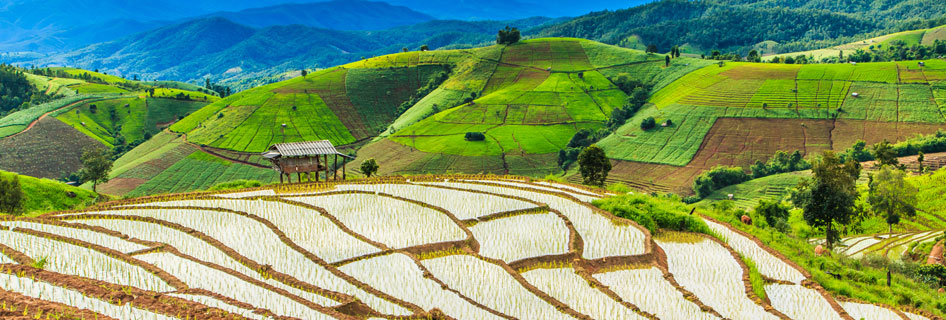Supporting Biodiversity and Climate-friendly Land Management in Agricultural Landscapes
Colombia, Kenya, Tanzania & Thailand

©Wikipedia
Objective: To catalyse policy reforms that integrate the often economically invisible values of biodiversity and ecosystem services in agricultural landscapes
Activities:
- SCOPING: To identify agricultural land-use decisions that would benefit from valuation of ecosystem services and biodiversity.
- DATA REVIEW: To assess the biophysical and economic valuation data and identify any gaps using the TEEBAgriFood Evaluation Framework.
- SCENARIO ANALYSIS: To determine the impact of proposed policy reforms against business-as-usual with respect to ecosystem services.
- THEORY OF CHANGE: To take forward two (or more) scenarios for policy intervention and guide their implementation.
- KNOWLEDGE-SHARING, OUTREACH AND CAPACITY BUILDING: To carry out dissemination and capacity-building activities so as to enhance engagement, credibility and uptake.
Colombia
Land use change from agricultural development in Putumayo Department
Kenya
Traditional use of forests and food systems in the Greater Mau Catchment Area
Tanzania
Land use change from the expansion of woodlot plantations and orchards near Njombe in the Southern Highlands
Thailand
Conventional and organic rice production in northeast Thailand (Surin and Buriram provinces)
Status: Ongoing
Donor





